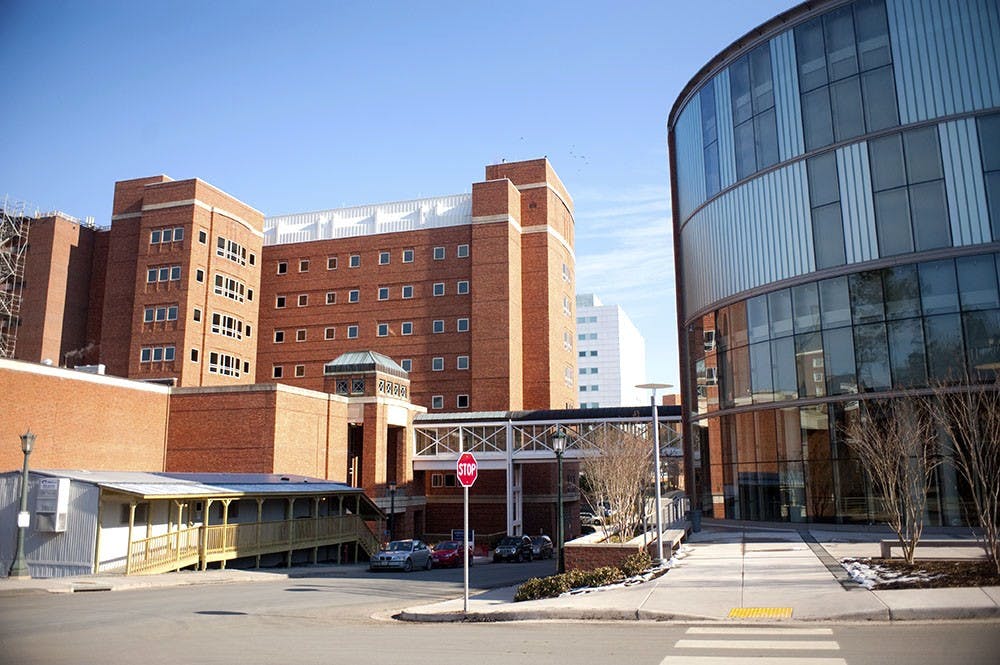Dr. Mark Kester will co-direct the University’s Institute for Nanoscale and Quantum Scientific and Technological Advanced Research, the University announced last week. The institute, nicknamed nanoSTAR, uses both graduate and undergraduate students and provides opportunities for cross-school collaboration for University researchers.
An expert in nanomedicine, Kester was the inaugural director of the Penn State Center for NanoMedicine and Materials, as well as the former chair of pharmacology there. Kester was brought to the University at the beginning of the year as a pharmacology professor.
Dr. Stu Wolf, the current director of nanoSTAR, said he is excited to have Dr. Kester on board as a co-director because of the connections he brings that will help fulfill the institute’s cross-discipline focus.
“One of the real motivations of the center was to bring together people from the different schools,” Wolf said. “We provide funding to support faculty to do research in this area. The requirement for any faculty to receive funding is that they have to be collaborating with a faculty member from another school.”
Wolf said Kester’s connections will help foster a stronger relationship between engineering research and medical research.
“The beauty of U.Va. is the Grounds themselves; the engineering and sciences are well-connected already to the college of medicine,” Kester said. “The NanoSTAR Institute is already formed at U.Va., and what I am looking forward to do is working with Stu Wolf and taking the NanoSTAR to the next level to rebrand and reinvent the nanoSTAR to truly have a strong medical and biomedical focus”
Kester brings previous experience in large-scale research to his leadership role, particularly the “sandbox” model at Penn State, where engineers, research scientists and medical doctors collaborated to develop innovative and useful technologies.
“The reason I came to U.Va. … is really to expand and exploit all the great technology that are being developed across the ground at U.Va.,” Kester said, “and to really take some of these new advances and new materials and new nano-technologies, and show they have a medical and biomedical applications.”
Kester said materials take on new properties at a nanoscale. The exploitation of these properties allows for large advancements in useful treatments.
“By exploiting these properties you’ve got new ways to deliver drugs, new ways to image cancer cells, new ways to see the cancer cells earlier,” Kester said. “So you make your diagnosis earlier and provide better patient treatments.”







